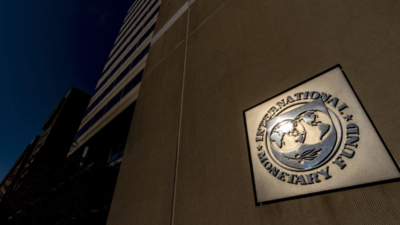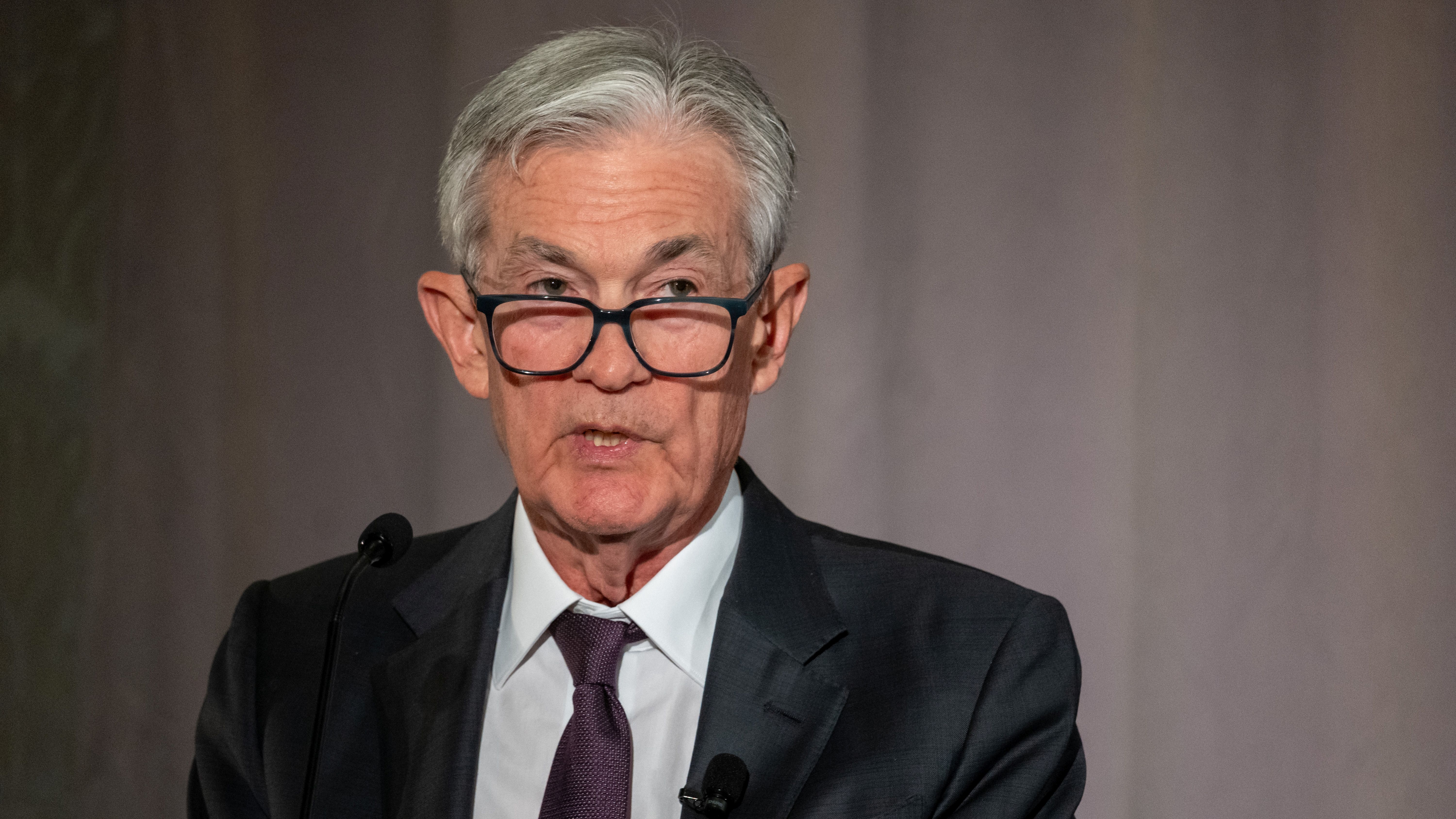Economists Warn of Stagflation Risks Looming Over U.S. Economy

David Espejo | Moment | Getty Images
As weary consumers navigate the challenges of high prices, a new economic threat looms on the horizon: stagflation. This term refers to a troubling economic condition characterized by rising inflation, stagnant economic growth, and notably high unemployment rates. Economists are now raising alarms about the possibility of stagflation developing in the near future. According to Brett House, a professor of professional practice in economics at Columbia Business School, the tariff policies enacted during the Trump administration have significantly exacerbated the risk of both heightened inflation and sluggish growth. House emphasizes that this risk is more pronounced now than at any time in the last four decades.
Greg Daco, chief economist at EY Parthenon and a vice president at the National Association for Business Economics, concurs with House's assessment. He states, This is a more pronounced risk than at any time over the past 40 years. Consumer confidence, a vital indicator of economic health, is already showing signs of strain, as noted by Diane Swonk, chief economist at KPMG. Swonk explains that many individuals are increasingly feeling insecure about their employment situations and harboring concerns regarding potential inflation in the future.
To understand what stagflation could mean for today's economy, one must look back at the significant economic challenges faced during the 1970s. Back then, stagflation was a major concern as both inflation rates and unemployment surged, largely in response to the costly Vietnam War and a significant decline in manufacturing jobs. This economic malaise was also driven by sharp increases in oil prices, which led to fuel shortages and long lines at gas stations, a scenario vividly remembered by many. The early stages of stagflation saw gas prices exceed $1 per gallon for the first time, a notable benchmark in American economic history.
Interestingly, some economists argue that the stagflation of the 1970s was primarily a result of monetary fluctuations rather than solely oil price hikes. The situation ultimately prompted then-Federal Reserve Chairman Paul Volcker to enact a series of drastic monetary policies in what became known as the Volcker shock. While these measures did succeed in reducing inflation by raising interest rates, they also precipitated a severe recession marked by two consecutive quarters of negative GDP growth and an unemployment rate exceeding 10%.
However, economists like Dan Skelly, head of Morgan Stanley Wealth Management market research, suggest that todays economic landscape is markedly different. Skelly points out that the U.S. economy is less dependent on foreign oil than it was in the 1970s. Additionally, the influence of labor unionswhich historically contributed to wage-price spiralshas diminished within the private workforce. Nevertheless, the uncertainty surrounding tariffs could undermine both corporate and consumer confidence, potentially slowing down spending and investment within the economy. Skelly believes that while a slowdown in growth is quite likely, the immediate effects will be more pronounced in stock market earnings rather than in the broader economy. A recent survey conducted by Chief Executive revealed that numerous firms are adjusting their economic forecasts due to policies from the Trump administration, with some even speculating about a recession.
Its essential to understand that stagflation does not necessarily coincide with a formal recession; instead, it can manifest as stagnant or declining growth, as highlighted by House. KPMG's current analysis anticipates a shallow recession, projecting that inflation might peak by the end of the third quarter. Swonk further clarifies that the current inflation spike is not as severe as what was experienced during the pandemic, but it could lead to slower employment growth and a mild form of stagflation. Daco warns that if stagflation occurs, it would represent the worst of both worlds, resulting in increased unemployment and rising costs. He explains, That represents a significant hardship for many families and businesses across the country.
Given these ominous predictions, consumers must consider how to prepare for the potential onset of stagflation. According to House, Americans may soon find themselves facing a challenging economic environment characterized by slower income growth, diminished job prospects, elevated unemployment rates, and rising prices that make budgeting for household expenses increasingly difficult. Sarah Foster, an economic analyst at Bankrate, advises that in preparation for stagflation, consumers should adopt the same strategies they would use in a recession, combined with tactical measures to combat rising prices.
As tariffs are likely to drive prices upward, consumers may feel pressured to make purchases in advanceespecially for high-ticket items like vehicles, laptops, smartphones, or even homes. Foster emphasizes that individuals should ensure that any such purchases fit within their budget rather than engaging in panic buying. She notes, It is absolutely wise right now to buy something that you know could be impacted by tariffs that youve already been budgeting for. However, she cautions against overstretching budgets and encourages consumers to prioritize paying down high-interest credit card debt while also building an emergency savings fund. This financial cushion can alleviate stress during uncertain times, with experts recommending saving at least six months' worth of expenses.
While it may be difficult to set aside extra funds amid rising prices, there is some positive news: higher interest rates are currently yielding inflation-beating returns on cash held in online high-yield savings accounts that are insured by the FDIC. For those who have been sitting on cash instead of investing, Skelly suggests that now is the appropriate time to start allocating funds toward equities and riskier assets, particularly following the recent market downturn. He advises maintaining a balanced approach, stating, Dont do it all in one day, but start winding down some of that cash, now that values are more fair than they were a month or two ago. For investors who have enjoyed significant profits, rebalancing towards more neutral positions could be a prudent strategy at this juncture.
As the economy continues to evolve, the question remains: can the economic forecast change? The influence of policy decisions, consumer behavior, and external factors will ultimately shape the trajectory of the economy in the months to come.
Treasury Secretary Scott Bessent, rear left, and Commerce Secretary Howard Lutnick stand as President Donald Trump signs executive orders and proclamations in the Oval Office at the White House in Washington, April 9, 2025. Nathan Howard | Reuters






















